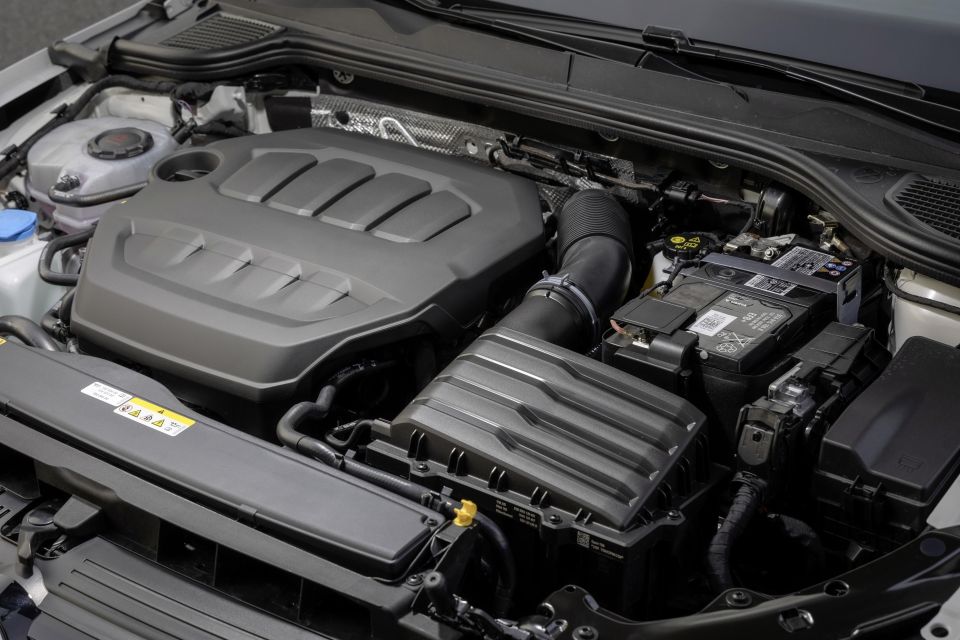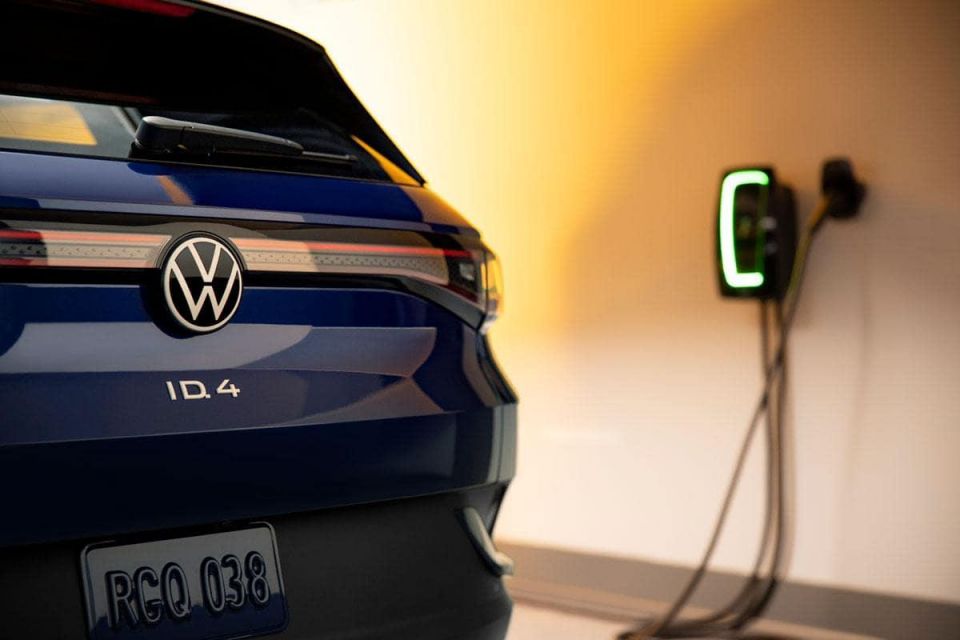

James Wong
2026 Audi SQ5 review: Quick drive
6 Days Ago
Europe has moved another step closer to banning the sale of new cars and vans with internal combustion engines from 2035.

Journalist


Journalist
After a marathon negotiation session, the 27 countries of the European Union have agreed to effectively ban the sale of new cars and vans powered by petrol and diesel engines by 2035.
The agreement, reached at around 2am European time, sets the negotiating position between the EU member states with the European Commission and EU Parliament.
The European Council — a body consisting of the head of government of each EU member nation — has agreed “to introduce a 100 per cent CO2 emissions reduction target by 2035 for new cars and vans”.
It’s likely the final text of laws regarding the phase out of new ICE vehicle sales is still some months away.

Agreement on this matter between all the 27 EU member states wasn’t guaranteed with some rumblings of discontent surfacing recently.
Last week Germany’s finance minister expressed skepticism about the phase-out date and tweeted his support for synthetic fuels, while earlier this week Italy and four other countries sought to push the ICE phase out date to 2040.
In the end these states won a small concession, with small automakers, such as Ferrari and Lamborghini, exempt from new interim limits, which cut new car CO2 emissions by 50 per cent to 42.75g/km by 2030.
Currently the limit for passenger cars is 95g/km, with manufacturers subject to large fines for exceeding the mark.
Vans have a higher threshold of 147g/km, and this will be reduced to 73.5g/km by 2030.
Member nations also agreed to a non-binding resolution calling on the European Commission to consider permitting the registration of new cars with internal combustion engines running exclusively on carbon-neutral fuels after 2035.
The European Commission has also been asked to study the development of plug-in hybrid vehicles in 2026 to see whether they can help the union achieve its carbon reduction goals.
Incentives for zero and low emission vehicles will end by 2030.

The meeting of national ministers also agreed to other targets related to the Fit for 55 greenhouse gas reduction package that aims to reduce Europe’s carbon emissions by 55 per cent from 1990 levels by 2030, and achieve carbon neutrality by 2050.
These include a 61 per cent reduction in emissions from 2005 levels by 2030 via the union’s cap-and-trade scheme, which will be expanded to include shipping, and will be bolstered by a mechanism to reduce price spikes in the carbon price.
A new, separate emissions trading scheme will be created for the building and road transport sectors.
The governments have also agreed to a Social Climate Fund to help protect low-income residents from some of the costs of the emissions reduction plan.
EU governments want the fund to have €59 billion ($90 billion), while the Commission is seeking to have €72 billion ($109 billion) in the kitty.
Derek Fung would love to tell you about his multiple degrees, but he's too busy writing up some news right now. In his spare time Derek loves chasing automotive rabbits down the hole. Based in New York, New York, Derek loves to travel and is very much a window not an aisle person.


James Wong
6 Days Ago


Max Davies
5 Days Ago


Josh Nevett
3 Days Ago


Max Davies
3 Days Ago


Max Davies
2 Days Ago


Derek Fung
2 Days Ago